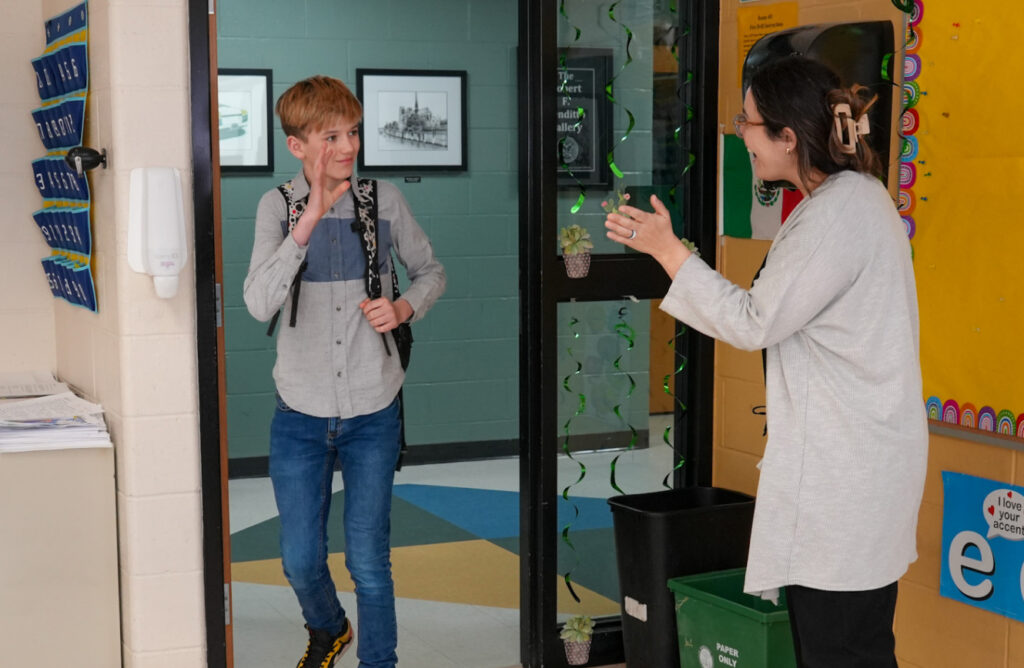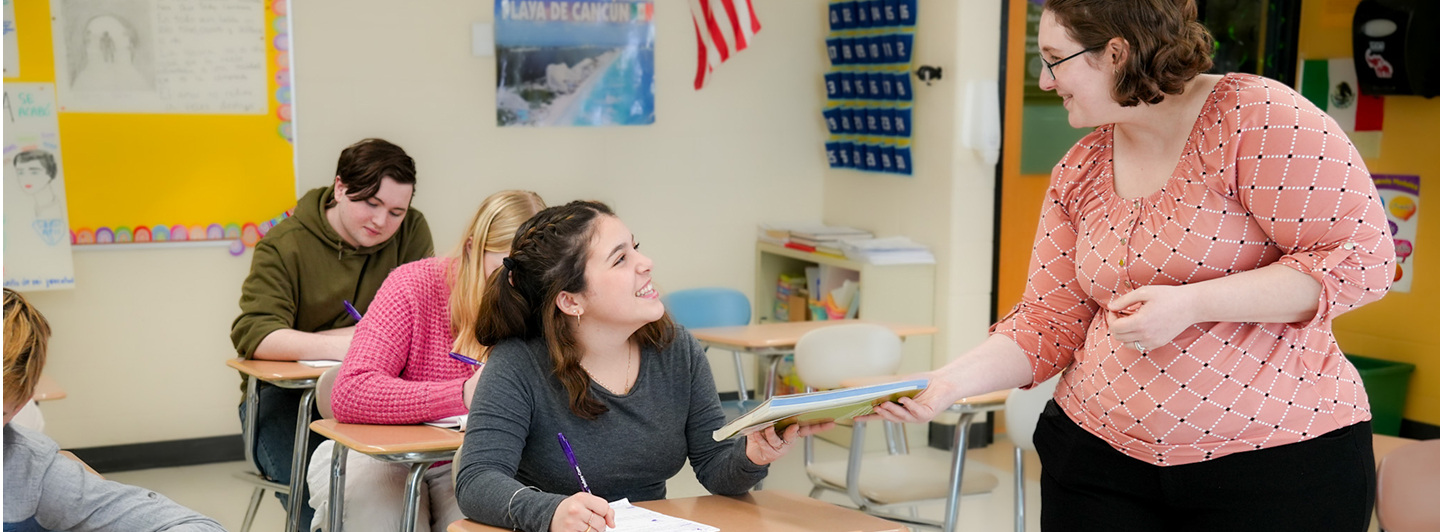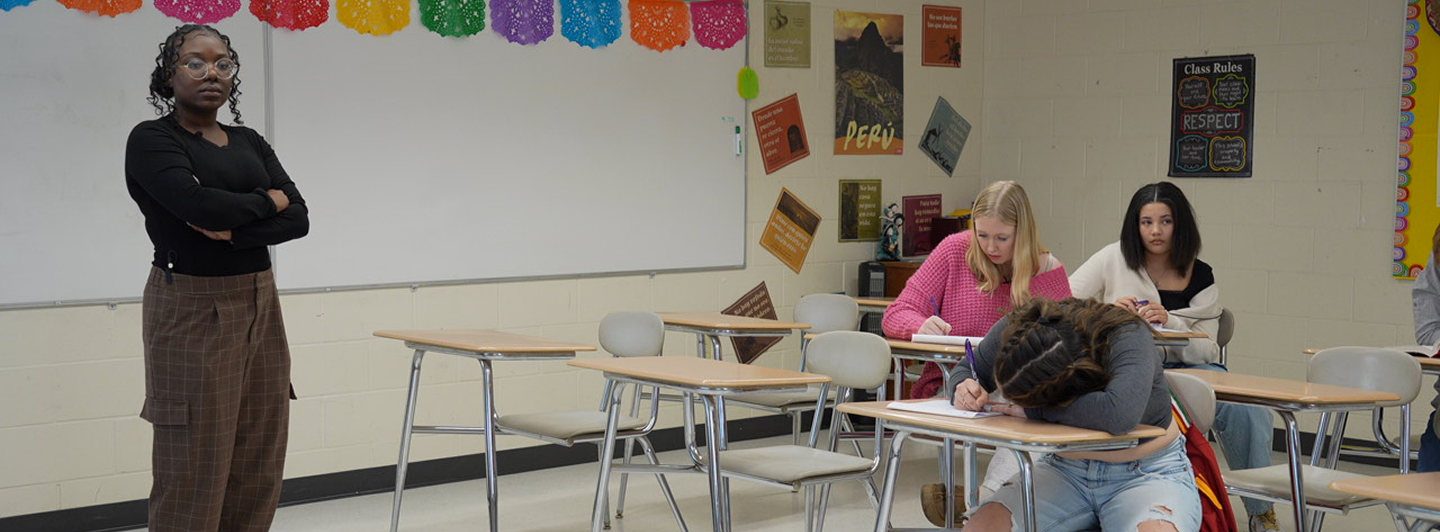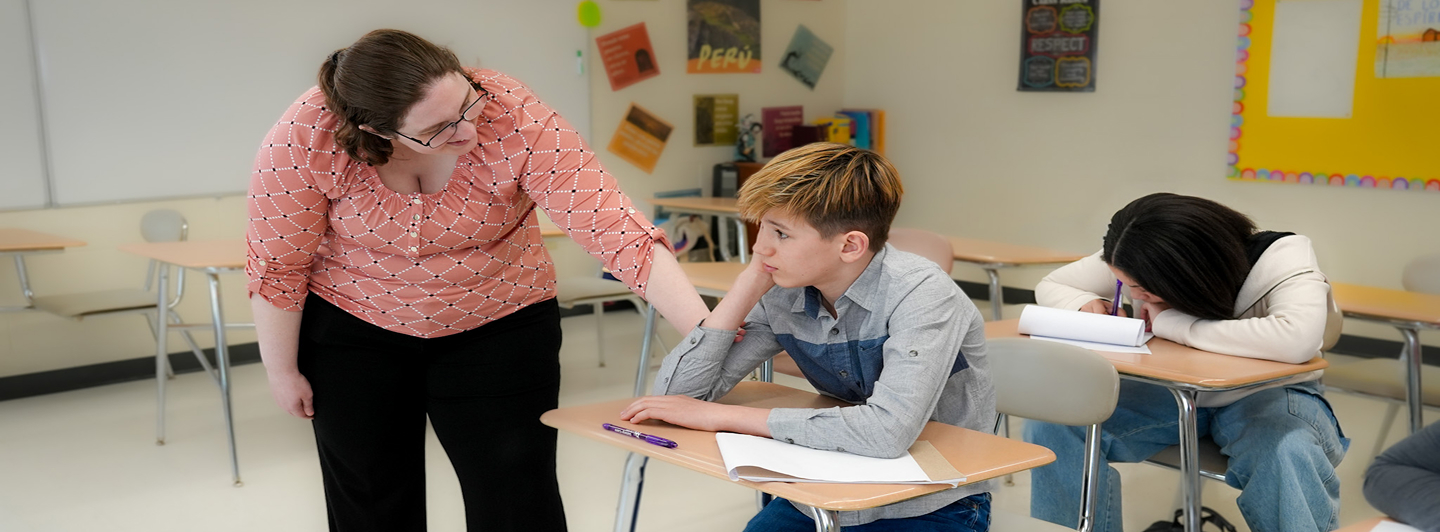A core part of your district‑wide school‑safety and behavioral‑health plan. Safety‑Care equips educators, support staff, and transportation teams to prevent and manage behavioral crises safely and respectfully.


Why Schools Switch from Crisis Prevention Institute
Districts moving from CPI (Crisis Prevention Institute) to Safety‑Care report fewer restraints, fewer injuries, and better alignment with PBIS and MTSS (Multi‑Tiered System of Supports) frameworks. Safety‑Care provides practical, prevention‑first strategies staff can use immediately—not theoretical content or restraint sequences.
Who We Support in Education
Safety-Care® is trusted by public and private K–12 school districts, special education programs, after-school settings, vocational programs, and early childhood centers. We work closely with special and general education teachers, paraprofessionals, behavior specialists, school psychologists, counselors, administrators, and even transportation staff—anyone who plays a role in student safety and success.

Public/Private K-12 School Districts

Special Education Classrooms

After-School Programs

Child Care Centers

Vocational Programs

Child Psychology/ Counseling Centers
Quantifying Safety-Care’s Impact in the Classroom

What Educators Learn
Recognize and prevent early signs of escalation
Apply reinforcement‑based de‑escalation techniques consistent with PBIS
Maintain safety through least‑restrictive procedures
Align with state reporting and documentation requirements
Build a consistent safety culture across classrooms and transportation
How Safety-Care Works (Train-the-Trainer)
Certify Trainers
QBS‑hosted trainer classes are BCBA‑led.
Train Staff
Certified Safety-Care Trainers deliver staff classes through traditional in-person or blended learning models.
Sustain Results
Additional modules and skill maintenance resources maintain fluency and outcomes.
No BCBA required on site to deliver staff classes—we provide the expertise and clinical oversight.
Key Focus Areas

Incident Prevention
Build safe, structured classrooms through proactive support

Incident Minimization
Apply Help, Prompt, and Wait strategies to reduce escalation

Physical Safety
Increase staff awareness and reduce injury risk through hands-on practice

Physical Management
Use safe, time-limited interventions with constant monitoring and minimal intrusiveness
Let’s build safer schools together.
Schedule A ConsultationCompliance & Funding
Supports alignment with state restraint/seclusion laws, district reporting policies, and PBIS guidelines.
Common funding sources include:
IDEA Part B/CEIS
school‑safety and climate grants
Titles II‑A and IV‑A
Allowability is local.
